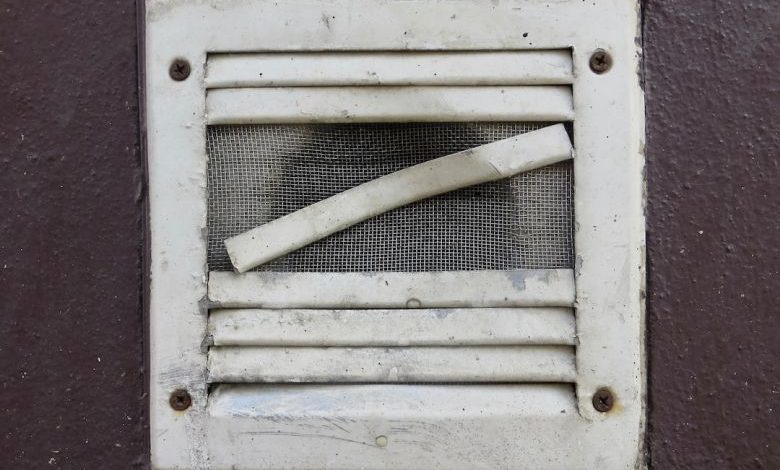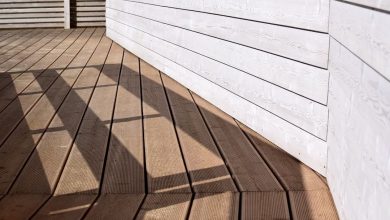What Are Some Effective Ways to Ventilate My Home?

Good ventilation is essential to maintain a healthy and comfortable living environment. It helps to remove stale air, odors, and pollutants while bringing in fresh air from the outside. Proper ventilation also prevents the buildup of moisture, which can lead to mold and mildew growth. In this article, we will explore some effective ways to ventilate your home.
Natural Ventilation
Natural ventilation is the simplest and most cost-effective way to ventilate your home. It relies on the natural airflow through windows, doors, and vents. By strategically opening and closing these openings, you can control the direction and intensity of the airflow.
1. Cross Ventilation: Cross ventilation is a technique that involves opening windows or doors on opposite sides of a room. This creates a path for air to flow through, promoting better air circulation. To maximize its effectiveness, it is recommended to open windows or doors on the windward side of your home and those on the leeward side.
2. Stack Effect: The stack effect is a natural phenomenon that occurs when warm air rises and escapes through higher openings, creating a vacuum that draws in cooler air from lower openings. To take advantage of the stack effect, open windows or vents on the lower level of your home and those on the upper level. This will facilitate the upward movement of warm air and the downward movement of cool air.
Mechanical Ventilation
While natural ventilation is effective, it may not always be sufficient, especially in areas with poor outdoor air quality or high humidity levels. In such cases, mechanical ventilation systems can be installed to enhance the airflow and improve indoor air quality.
1. Exhaust Fans: Exhaust fans are commonly used in kitchens and bathrooms to remove moisture, odors, and pollutants. They work by drawing out the stale air and expelling it outside. When using exhaust fans, it is important to ensure that they are properly sized and located to effectively remove the pollutants.
2. Whole-House Ventilation: Whole-house ventilation systems are designed to provide continuous fresh air throughout the entire home. There are different types of whole-house ventilation systems, including supply-only, exhaust-only, and balanced systems. Supply-only systems bring in fresh air from the outside, exhaust-only systems remove stale air from the inside, and balanced systems do both. The choice of system depends on the specific needs and conditions of your home.
3. Heat Recovery Ventilation (HRV) and Energy Recovery Ventilation (ERV): HRV and ERV systems are advanced mechanical ventilation systems that not only provide fresh air but also recover the heat or energy from the outgoing air. These systems transfer the heat or energy from the stale air to the incoming fresh air, reducing the energy loss and maintaining a comfortable indoor temperature. HRV systems are ideal for cold climates, while ERV systems are more suitable for hot and humid climates.
Tips for Effective Ventilation
In addition to the ventilation methods mentioned above, here are some tips to ensure effective ventilation in your home:
1. Keep windows and doors open whenever possible to allow fresh air to flow in.
2. Use window screens to prevent insects and debris from entering your home.
3. Install adjustable vents or louvers in your windows to control the airflow.
4. Regularly clean and maintain your ventilation systems to ensure optimal performance.
5. Avoid using chemical-based air fresheners and cleaners, as they can contribute to indoor air pollution.
6. Control indoor moisture levels by using dehumidifiers or air conditioners.
7. Consider using natural ventilation techniques such as windcatchers or roof vents to harness natural air currents.
In conclusion, proper ventilation is crucial for maintaining a healthy and comfortable home. By utilizing natural ventilation techniques and installing mechanical ventilation systems, you can ensure a constant supply of fresh air and improve the overall indoor air quality. Remember to regularly maintain and clean your ventilation systems to maximize their effectiveness. With these effective ways to ventilate your home, you can create a healthier and more enjoyable living space for you and your family.




